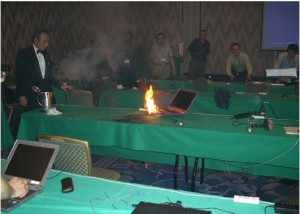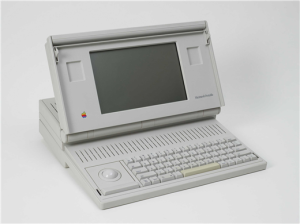The Original iMac Goes on Sale
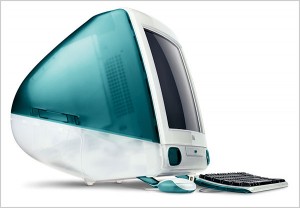
After three months of anticipation, the original iMac G3 goes on sale. The “Bondi Blue” iMac became well-known for its colorful case, which bucked the industry norm beige. However, it is also known for being the first commercially successful computer to eliminate the use of legacy ports and the floppy drive. Widely criticized at the time for not including the older technologies, by only featuring USB ports for peripheral connectivity, the iMac helped popularize the emerging standard, even on Windows PCs. And when was the last time anyone saw a beige PC?
I recall helping my uncle purchase one of the first iMacs at a CompUSA store on that first day. There were only 15 available and we were there early enough to grab one before they quickly sold out. Yes, I was totally jealous, but at least I got to help set it up 🙂
Dell Laptops Catch Fire!
Dell and Sony admit that flaws in Sony-manufactured batteries used in certain Dell laptops could result in the batteries overheating, catching fire, or exploding. This came after several widely publicized reports in the preceding months where Dell laptops did catch fire. They issue a recall of 4.1 million batteries, the largest safety recall in the history of the consumer electronics industry, still to this day. Even Samsung’s famous Galaxy Note 7 recall in 2016 only affected 2.5 million units. Dell’s reputation suffered for many years and to some, has never fully recovered from the incident.
Street Fighter II Turbo: Hyper Fighting for SNES
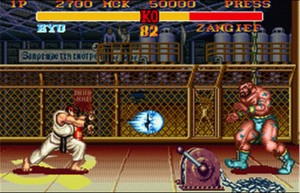
Capcom releases Street Fighter II Turbo: Hyper Fighting for the Super NES in the US. The Street Fighter II arcade game started the fighting game boom of the 1990’s, which spawned off other many other fighting game franchises such as Mortal Kombat and Virtua Fighter. The Super NES version brought Street Fighter II into the home and … um … college dorms where certain people spent many hours smacking down their dorm mates.
I still have this game so if anyone is feeling saucy, the smack downs can resume at any time.
The IBM PC Introduced
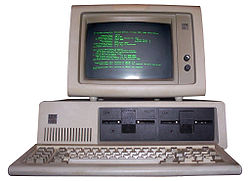
IBM introduces its first personal computer, the IBM PC Model 5150. IBM originally intended this model to be a stop-gap computer that would allow them to quickly tap into the emerging personal computer market while taking the time to develop a “real” PC. It was developed in under a year by a team of 12 with the goal of rapid release to market. Therefore, this team was allowed to work outside of the normal IBM development process and use whatever “off-the-shelf” components allowed for the quickest development. This overriding goal of developing something as quickly as possible had monumental unintended consequences for IBM and the computer industry as a whole that are still being felt to this day.
By compromising quality for rapidity, the design of the IBM PC forced software programmers to resort to inelegant methods of software development, hindering the reliability and compatibility of their software. This laid the groundwork for the reputation of the PC as error-prone and frustrating to use. The use of common components and the choice of Microsoft’s DOS as the PC’s operating system allowed other companies to quickly clone the IBM PC. They also allowed Microsoft to license their DOS to other companies, giving Microsoft control of the operating system market. Ultimately these choices lead to IBM’s loss of control of the platform. IBM never did really get a chance to create their “real” PC. And because IBM was the 800-pound gorilla of the business world at the time, the computer that was supposed to be a stop-gap became the overwhelming computing standard, crushing nearly every other emerging platform in the process.
Steve Jobs was quoted in a 1985 interview, “If … IBM wins, my personal feeling is that we are going to enter sort of a computer Dark Ages for about 20 years.” While IBM themselves didn’t win, the creation that they lost control of was the clear market winner for approximately the next 20 years. Many will argue that time was in fact a Dark Age for the home computer, but no one could have predicted that on this day in 1981.
First Communication Satellite Launched
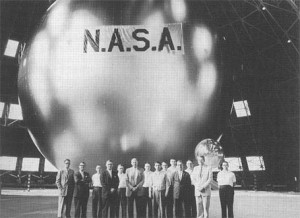
Echo 1, the world’s first communication satellite is launched. Technically, Echo 1 was a passive reflector, as communication signals were bounced off it rather than retransmitted as modern satellites do today.
Windows Gets Blasted
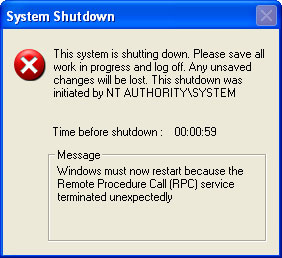
The Blaster worm, also known as MSBlast or Lovesan, begins to spread on the Internet, infecting Windows XP and Windows 2000 computers. The primary symptom of the worm was the crashing of the RPC service, which would trigger the computer to shut itself down and reboot as shown in the graphic. Microsoft estimated the number of machines infected between 8 and 16 million. Damage caused by the worm was estimated at $320 million.
First Lunar Orbiter Launched
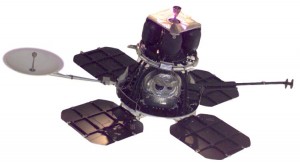
The first lunar orbiter, creatively named Lunar Orbiter I, is launched. Its primary mission is to photograph potential landing sites for future Apollo missions.
The First E-mail From Space
Astronauts aboard the Space Shuttle Atlantis, mission STS-43, use an Apple Macintosh Portable computer to send what is considered the first e-mail from space. Using the AppleLink online service, Atlantis astronauts Shannon Lucid and James C. Adamson sent the following message:
Hello Earth! Greetings from the STS-43 Crew. This is the first AppleLink from space. Having a GREAT time, wish you were here,…send cryo and RCS! Hasta la vista, baby,…we’ll be back!
The AppleLink software on the Macintosh was specially configured to connect to NASA’s communication system which allowed the Shuttle to interface with Apple’s proprietary network from space. The Macintosh Portable itself only had very minor modifications to operate in space.
Diesel Engine Patented in US
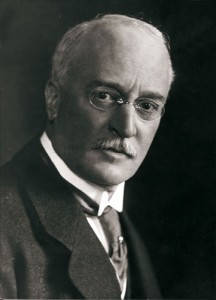
The US Patent Office awards patent 608,845 to Rudolf Diesel for his diesel internal combustion engine.
Project Chess Gets Approval

The Project Chess team at IBM shows a prototype microcomputer to their corporate management. Management gives approval for the team to build an operational computer within a one year deadline to compete in the rapidly emerging personal computer market. One year and 4 days later, the IBM PC is introduced to the world and the rest is history.

